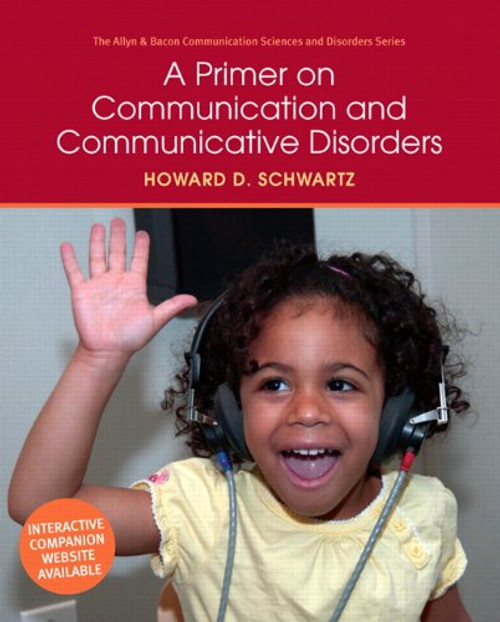Introduction to Auditory Rehabilitation provides students with a solid foundation of essential auditory rehabilitation concepts, knowledge, and skills within the context of critical contemporary issues that successfully prepares future practitioners for service provision to diverse patient populations in the real world.
While a rubber hits the road approach engages and immerses students in the real world of clinical practice and decision-making, a bevy of pedagological features including learning objectives, casebook reflections, learning activities, and review exercises to help readers to process and internalize the central issues, tools, and philosophies of the field.
The first section of the textbook provides a contemporary context for learning including an introduction to auditory rehabilitation, the psychosocial aspects of hearing impairment, and discussions of professional and multicultural issues. A full chapter is devoted to evidence-based practice and provides tools for use in clinical decision-making. The second section focuses on technology with informative chapters on hearing aids, cochlear implants, and assistive hearing technology. The final section covers the effects of and treatments for hearing impairment across the lifespan using process-driven, patient- and family-centered philosophies.







